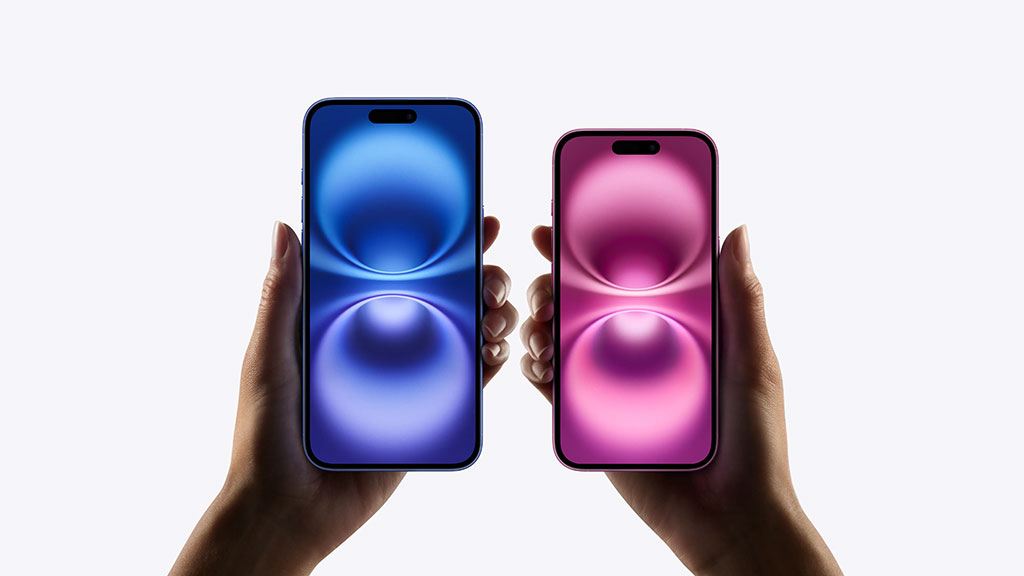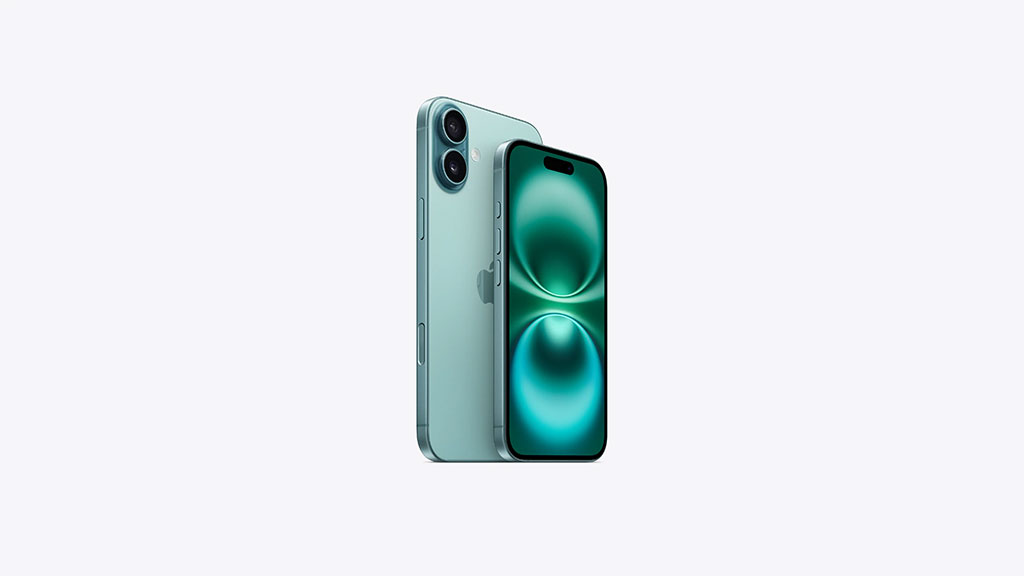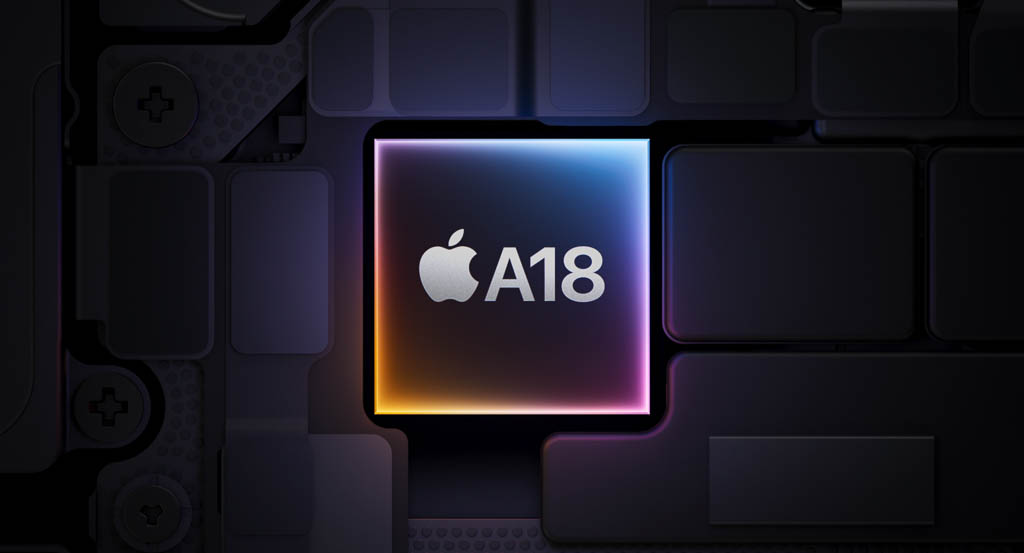When it comes to choosing the perfect smartphone, it’s important to weigh the features and benefits that best suit your needs. Apple’s iPhone 16 and iPhone 16 Plus are both powerful devices, but they cater to slightly different types of users. Whether you’re a casual phone user, a photography enthusiast, or someone who relies on their device for work and entertainment, both models offer impressive features. But which one is right for you? Let’s take a deep dive into the key differences and similarities between the iPhone 16 and iPhone 16 Plus to help you make an informed decision.

Design and Display: Size Matters

One of the most noticeable differences between the iPhone 16 and iPhone 16 Plus is the size.
- iPhone 16: Featuring a 6.1-inch Super Retina XDR display, the iPhone 16 is a great option for those who prefer a phone that is compact, easy to hold, and lightweight. It’s a perfect balance between having enough screen space for viewing content comfortably without the bulk of a larger device.
- iPhone 16 Plus: On the other hand, the iPhone 16 Plus comes with a larger 6.7-inch display, making it the ideal choice for users who enjoy watching movies, playing games, or multitasking on a bigger screen. The larger size also means more screen real estate for apps and a more immersive experience when streaming video.
In terms of display quality, both phones feature Super Retina XDR OLED panels with True Tone, P3 wide color, and HDR10 support, meaning that you’ll get vibrant colors, deep blacks, and excellent brightness whether you go for the 16 or the Plus model. However, the larger display on the iPhone 16 Plus is undeniably more immersive, making it a great pick for media consumption and gaming enthusiasts.
Performance: Powered by the A18 Chip
Both the iPhone 16 and iPhone 16 Plus are equipped with Apple’s latest A18 Bionic chip, ensuring top-tier performance across the board. Whether you’re running apps, playing games, or editing photos, the A18 chip handles everything with ease, making both phones incredibly fast and responsive.

The A18 chip is built on a 3nm architecture, which not only boosts performance but also increases energy efficiency. Both phones will handle even the most demanding tasks smoothly, including gaming, video editing, and augmented reality applications. However, the choice between these two models isn’t about performance—it’s identical for both. Instead, your decision will hinge on other factors like battery life and how you use your device on a day-to-day basis.
Battery Life: Bigger is Better for Endurance
The iPhone 16 and iPhone 16 Plus both benefit from improved energy efficiency thanks to the A18 chip, but the Plus model holds the advantage when it comes to battery life.
- iPhone 16: With a smaller body comes a slightly smaller battery, which still provides all-day battery life for the average user. Apple estimates that the iPhone 16 will offer up to 17 hours of video playback or around 65 hours of audio playback, making it more than capable of handling a full day’s worth of activities.
- iPhone 16 Plus: The larger size of the iPhone 16 Plus allows for a bigger battery, providing up to 20 hours of video playback or around 75 hours of audio playback. This makes the iPhone 16 Plus the better choice for users who need a phone that can last even longer without needing a charge, especially if you’re frequently on the go or use your phone extensively throughout the day.
If battery life is a top priority for you, and you often find yourself running out of juice during long days, the iPhone 16 Plus is the clear winner in this category.
Camera Capabilities: Professional-Grade Photography


Both the iPhone 16 and iPhone 16 Plus are equipped with the same impressive 48MP Fusion Camera System and Tetraprism Telephoto Lens, making them two of the most powerful camera phones available.
- 48MP Fusion Camera: Both models feature Apple’s 48MP main camera with enhanced computational photography. This allows users to capture more detail, especially in challenging lighting conditions like low light or high contrast scenes. The Fusion Camera combines several exposures into one to provide sharp, detailed, and colorful photos every time you click the shutter.
- Tetraprism Telephoto Lens: This lens provides enhanced optical zoom and enables macro photography, allowing you to get close-up shots with stunning detail. Whether you’re photographing landscapes, portraits, or zooming in on distant subjects, the quality is top-notch on both phones.
- 4K ProRes Video: For videographers, both models also support 4K video recording at 60fps, with ProRes video recording available, making them ideal for professional-grade video production. The Cinematic Mode also brings Hollywood-level focus pulling to your video shots, allowing you to switch focus dynamically between subjects as you film.
The camera experience on both models is virtually identical. The decision between the two will come down to how much screen size you want while using the camera or reviewing your photos and videos.
Storage Options: Plenty of Space for Everything
Both the iPhone 16 and iPhone 16 Plus offer the same storage capacities, allowing you to choose based on your individual needs:
- 128GB: Ideal for casual users who don’t store large files, high-resolution videos, or many apps.
- 256GB: A great middle-ground for those who take a lot of photos, record videos, and download plenty of apps.
- 512GB: For heavy users who store large media libraries, shoot videos in 4K ProRes, and need ample space for everything.
Storage-wise, both models cater to a wide range of users, and you can choose the option that best fits your usage patterns.
Price and Value: What Do You Get for Your Money?
Of course, one of the most significant deciding factors for many buyers will be the price.
- iPhone 16: Starting at $799, the iPhone 16 offers all the cutting-edge technology of Apple’s newest smartphone at a price point that is a bit more affordable than the Plus model.
- iPhone 16 Plus: Priced starting at $899, the iPhone 16 Plus gives you the same features as the iPhone 16 but with a larger display and longer battery life. The extra $100 could be well worth it if you prioritize these enhancements.
For users looking for the best value, the iPhone 16 offers exceptional performance and features at a lower price point. However, if you’re someone who wants the added screen real estate and extended battery life, the iPhone 16 Plus may provide better value for your specific needs.
Which One Should You Choose?
If you’re looking for a more compact, easy-to-hold device with powerful features, the iPhone 16 is a fantastic choice. It’s perfect for users who want a high-performance phone without the bulk of a larger model. The 6.1-inch display is ideal for most daily tasks, from checking emails and browsing social media to capturing stunning photos.

On the other hand, if you prioritize a larger screen and longer battery life, the iPhone 16 Plus is the way to go. The 6.7-inch display offers an immersive experience for media consumption and gaming, and the extended battery life means you won’t have to worry about charging it as often. It’s the perfect device for power users who want more from their smartphone.

Ultimately, both the iPhone 16 and iPhone 16 Plus are remarkable devices that offer excellent performance, cutting-edge camera systems, and long-lasting battery life. Your choice will depend on your personal preferences, whether it’s a larger display and battery or a more compact, portable device.
Whichever model you choose, you’ll be getting a premium Apple experience that will elevate the way you use your smartphone in 2024 and beyond.

Buy iPhone 16 and iPhone 16 Plus on official Apple’s shop page.
You can visit your local Apple Store to secure your iPhones today and experience the future of smartphones firsthand!
Sources: official Apple’s website.

